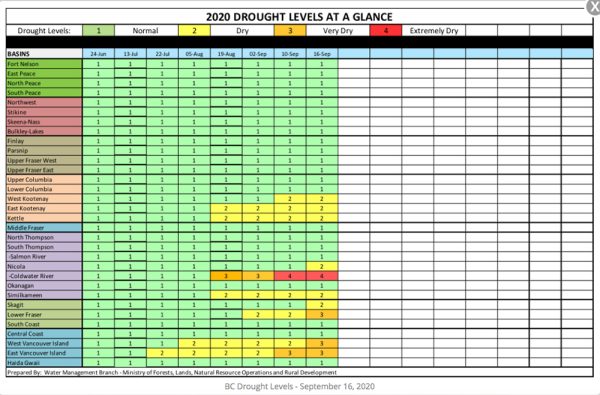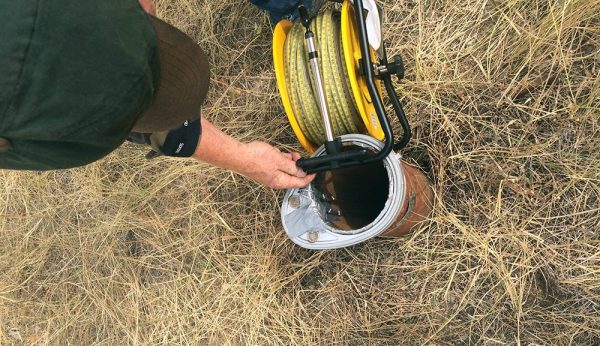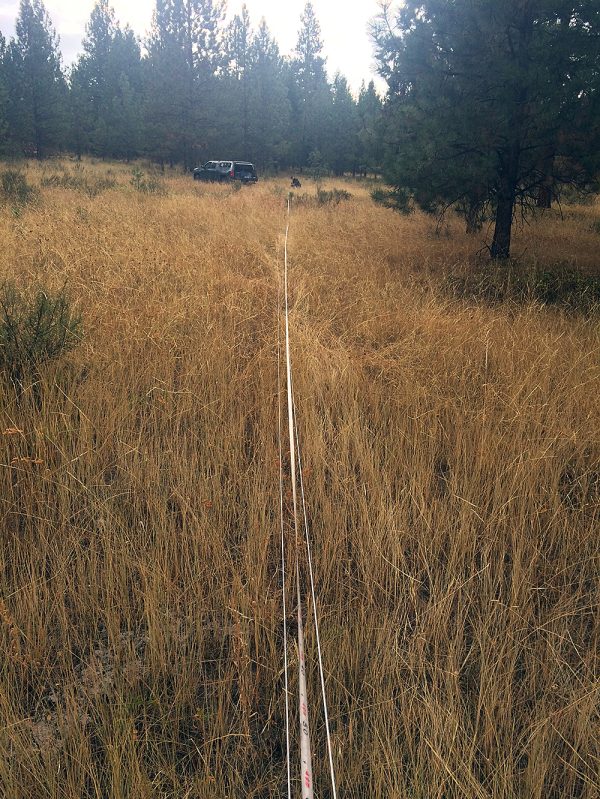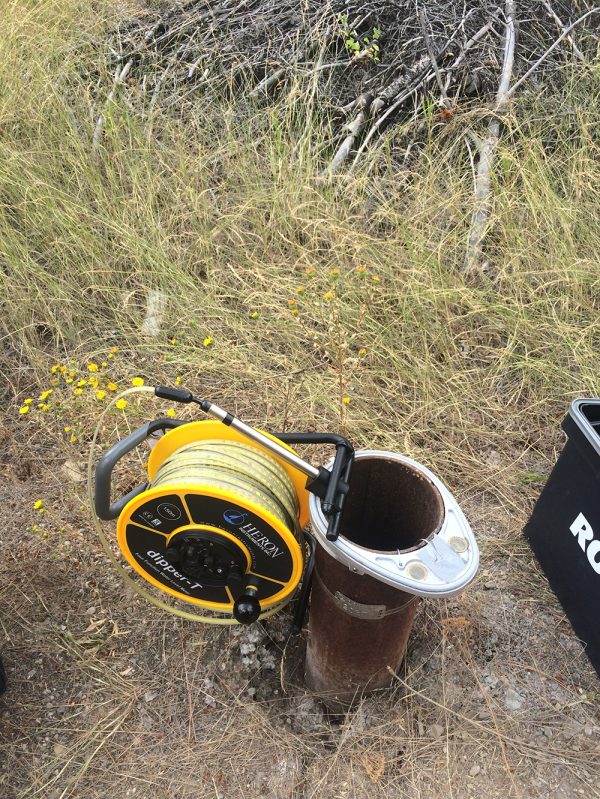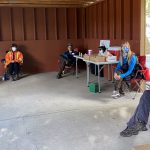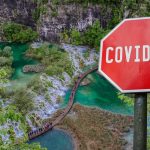Long-term groundwater data could inform aquifer response to drought
The summer has been a busy time for the Columbia Basin Groundwater Monitoring Program. We established new Volunteer Observation Wells (VOWs), completed ongoing maintenance and monitoring of existing VOWs, trained volunteers in data collection, and collaborated with other organizations and citizens to share data, plan restoration projects and support studies on groundwater contributions to surface waters.
Since July we have installed water level loggers in five new VOWs in partnerships with the Village of Canal Flats, McDonald Ranch and Lumber (Grasmere), Village of Radium Hot Springs/Kala Geosciences, and with private landowners near Skookumchuk and Silverton. Many of the well owners are using a mobile App to view and download the data in real-time. You can read about the new observation well in Radium here and the other wells here.
There are now 18 wells that are being actively monitored as part of the Living Lakes Canada Columbia Basin Groundwater Monitoring Program. These wells complement the six Provincial Groundwater Observation Wells in the Columbia Basin that are operated by the provincial government. Monitoring water levels in as many aquifers as possible gives us local site-specific information that can be used to manage and protect groundwater resources.
We now have several years of data for some of the wells in the program, which allows for seasonal and yearly trends to be assessed. These trends can be used to determine how groundwater systems respond to short and long-term changes in climate, groundwater extraction, and land use. For example, this summer both the East and West Kootenay Basins reached Drought Level 2 “Dry” in late summer and last year both Basins reached Drought Level 3 “Very Dry” by mid-June. Drought information can be found on the British Columbia Drought Information Portal. Some aquifers may respond quickly to these drought conditions while others may respond over much larger time scales, such as decades. The groundwater level data collected in this program could help us understand how aquifers respond to drought conditions and ensure aquifers are managed and protected so there is sufficient supply for people and nature.
Into the fall we will be downloading, reviewing and sharing the data from the monitoring wells. Stay tuned for more information. If you would like to monitor or learn about groundwater in your area, need assistance accessing data, or you are interested in partnership opportunities contact us at groundwater@livinglakescanada.ca.
For more information on the Groundwater Program, check out this brochure.
